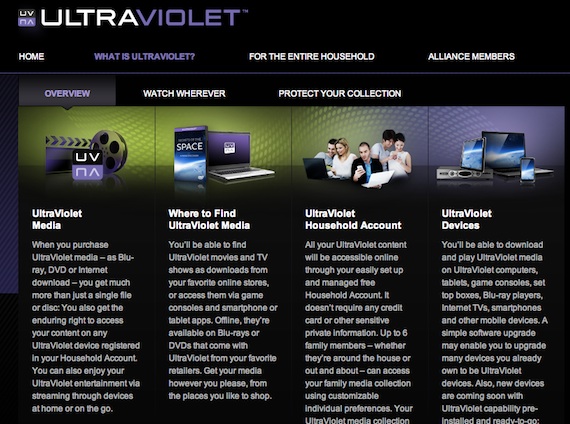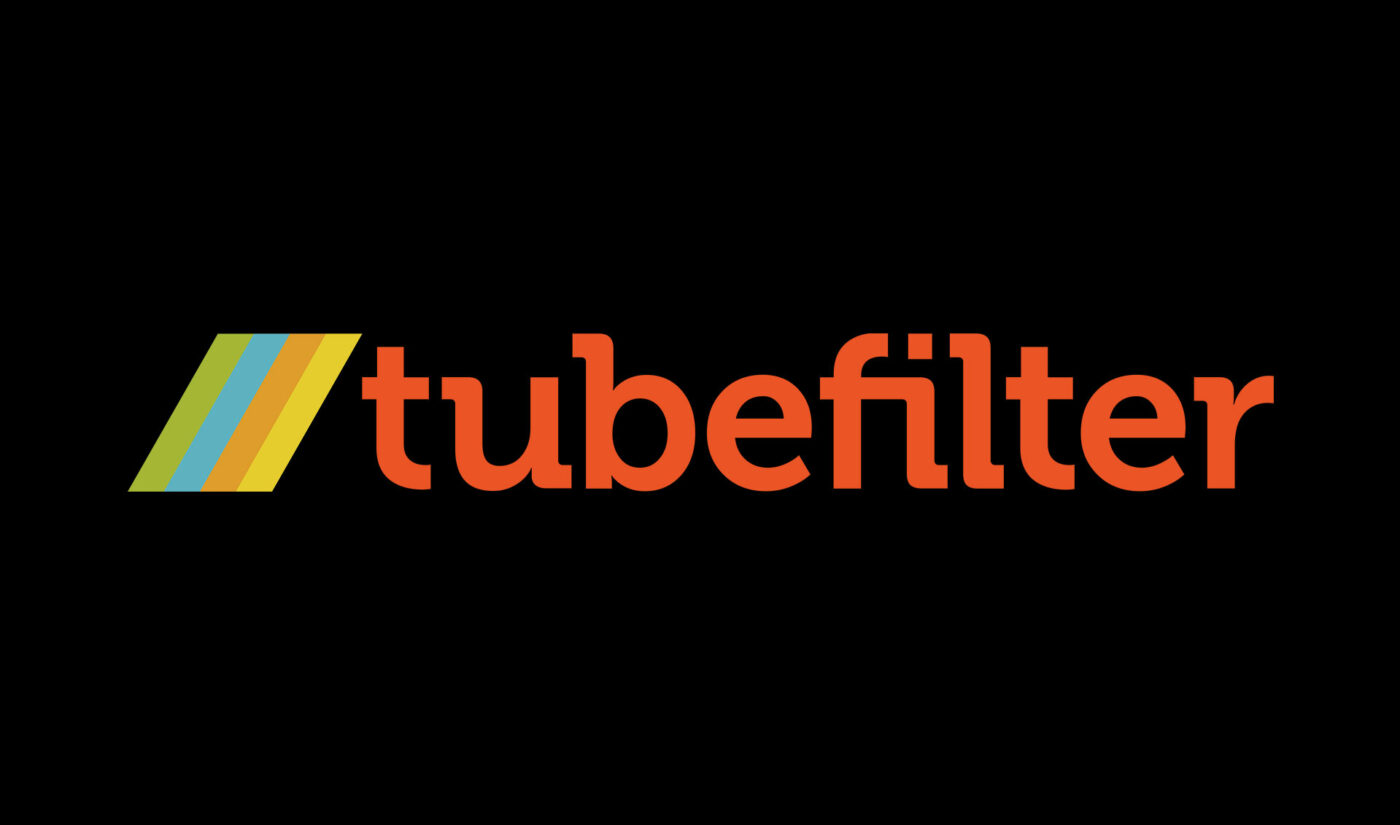That’s what many consumers will be asking in a few months when UltraViolet, Hollywood’s answer to declining DVD and Blu-ray disc sales, hits online and retail stores. UltraViolet is a new format that lets you store and watch purchased TV shows and movies anytime, anywhere on almost any device from a free “digital entertainment locker” in the cloud. The format was developed by the Digital Entertainment Ecosystem Consortium (DECE), an industry group whose 70 members include the Who’s Who of studios, electronics manufacturers and tech companies. Its mid-2011 debut was announced at the recent Consumer Electronics Show (CES) this month.

According to John Calkins, executive vice president of Global Digital and Commercial Innovation at Sony Pictures Home Entertainment, “Ultraviolet will provide consumers an easy way to access their content without the limitations of a physical product, in the same way that the ATM network provides consumers access to their money – anytime, anywhere. It’s a tremendous leap forward in consumer control and flexibility.”

Subscribe to get the latest creator news
Why Does Hollywood Need UltraViolet?
Because they are losing A LOT of money. DVD and Blu-ray disc sales, often the deciding factor in a movie’s profitability or loss, are losing ground to typically less expensive video-on-demand (VOD) rentals and electronic sell-through (EST) (industry lingo for purchasing and downloading movies or TV content online). According to the Digital Entertainment Group, worldwide sales of DVDs and Blu-ray discs dropped by 8% to $10.9 billion in the first nine months of 2010. A few hundred million in losses? Ouch! The good news is that over the same period, the market for digital distribution (both EST and VOD) grew by 23% to $1.7 billion. UltraViolet is intended to be the industry’s solution to increase digital content purchases in order to offset falling disc purchases, while keeping its intellectual property safe from piracy in a digital locker. Plus, consumers get the added convenience of watching their content across devices regardless of location.
How It Will Work
Your first purchase of an UltraViolet product (a disc or digital purchase) is supposed to let you open a free UltraViolet account, where your future UltraViolet titles can be stored. According to the consortium, each household will be able to create an account for up to six members who can access the household’s UltraViolet movies, TV and other entertainment via participating retailers, streaming providers and devices. Consumers will also be able to register up to 12 devices so UltraViolet content can be easily downloaded to those devices, or shared among them. And UltraViolet streaming will enable consumers to access their collections via set-top boxes and most places they can access the web.
Have an Internet-Connected Device?
By the end of the year, devices that are capable of receiving software updates (such as tablets, computers, and smartphones) are expected to be activated with UltraViolet. How will you know when your device has received the download? That’s unclear at the moment, other than the usual prompt received on your computer or TV that a download of XYZ software is ready for you to approve. We’ll learn more details over the coming months. UltraViolet-compatible TVs, Blu-rays and other devices are expected to be available in 2012.
UltraViolet Adoption Risks
Less tech savvy consumers may find the digital locker concept too complex, and pricing differences by UltraViolet partners could be a deterrent. Additionally, Disney is not on board as a supporter, instead preferring their own digital locker format, known as KeyChest. So no Disney content will be sitting in your UltraViolet digital locker anytime soon. Format wars are nothing new to the entertainment industry. Remember the DVD format war between Toshiba’s HD DVD and Sony’s Blu-ray?
In this case, Disney appears to be fighting a losing battle and like Toshiba, should wave a white flag soon rather than fragment the industry, which does no one any good – especially consumers. Apple is another holdout. Don’t expect to use any of your Apple devices to stream UltraViolet content, or buy UltraViolet content from iTunes. Their position could change at some point, and the studios certainly have leverage. After all, their content fills much of the lucrative iTunes store.
Many questions remain to be answered, so keep an eye out for a big UltraViolet consumer marketing campaign as it gets closer to launch.








